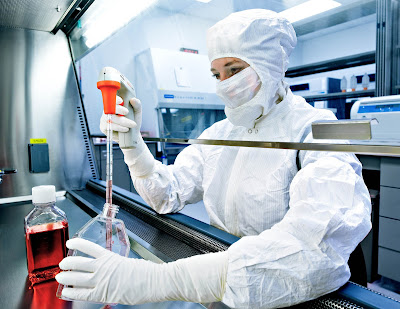Click on the photo to see it larger
Remember, the primary goal of your photos should always be to stimulate sales. They should be visually striking, convey a sense of quality, and, most importantly, ignite desire.Unfortunately, many professional photographers, graphic designers, creative directors, and ad agencies don't get it. They get so caught up in their desire to "be creative," win an award, or copy the latest fad that they miss the point. They forget that the whole reason they're hired is to increase sales.
Buyers are bombarded with information, overworked, and more than a little busy. They'll search for a particular product or service and compare your website or brochure with your competitors. Most will quickly scan your materials and look at the photos to get a feel for the quality of your company and what you're selling.
Because we think in pictures (think of your car - does an image come into thought or do words?), images have a profound influence on perceptions. It's crucial to have images that convey quality, create desire, and build trust. Your role in this, as a professional, is significant. Your images should be at least as good as your significant competitors and preferably better.
Utilizing high-quality professional photos can significantly enhance the perception of your products or services. The return on your investment through increased sales can be substantial.
Choosing low-quality images can inadvertently project a perception of a second-rate company and cheap products. The perceived cost savings are negligible compared to the potential sales losses.
Images that increase sales will return profits that far exceed their modest cost. Cheap shots will cause you to lose sales without you even knowing it.



















